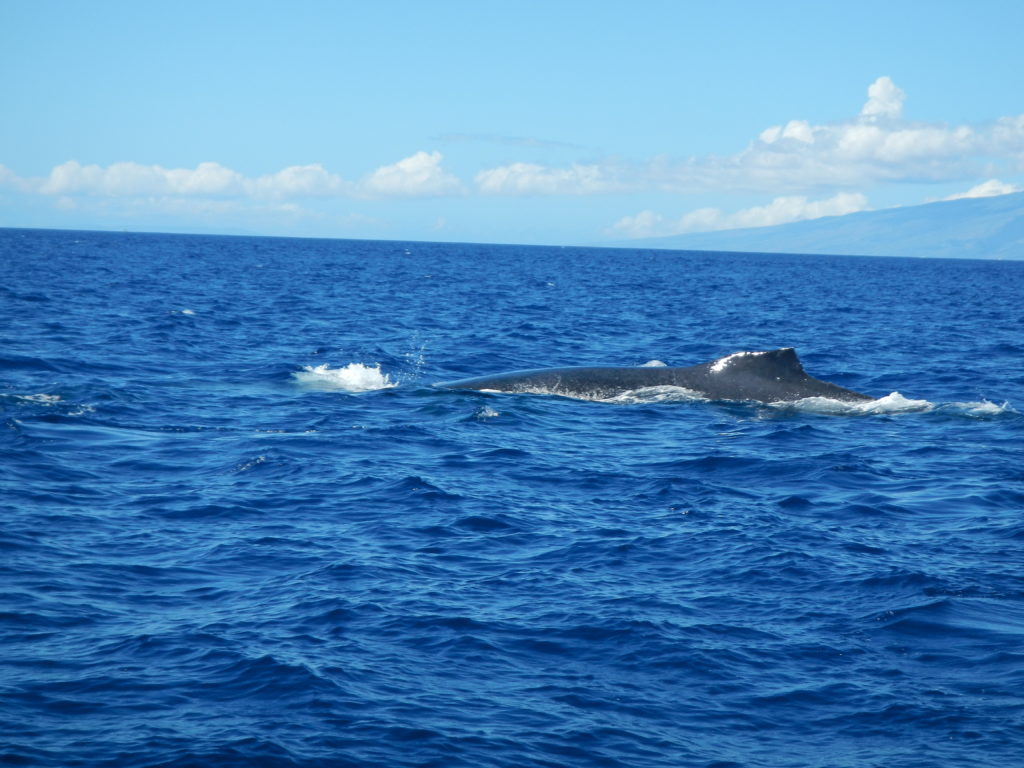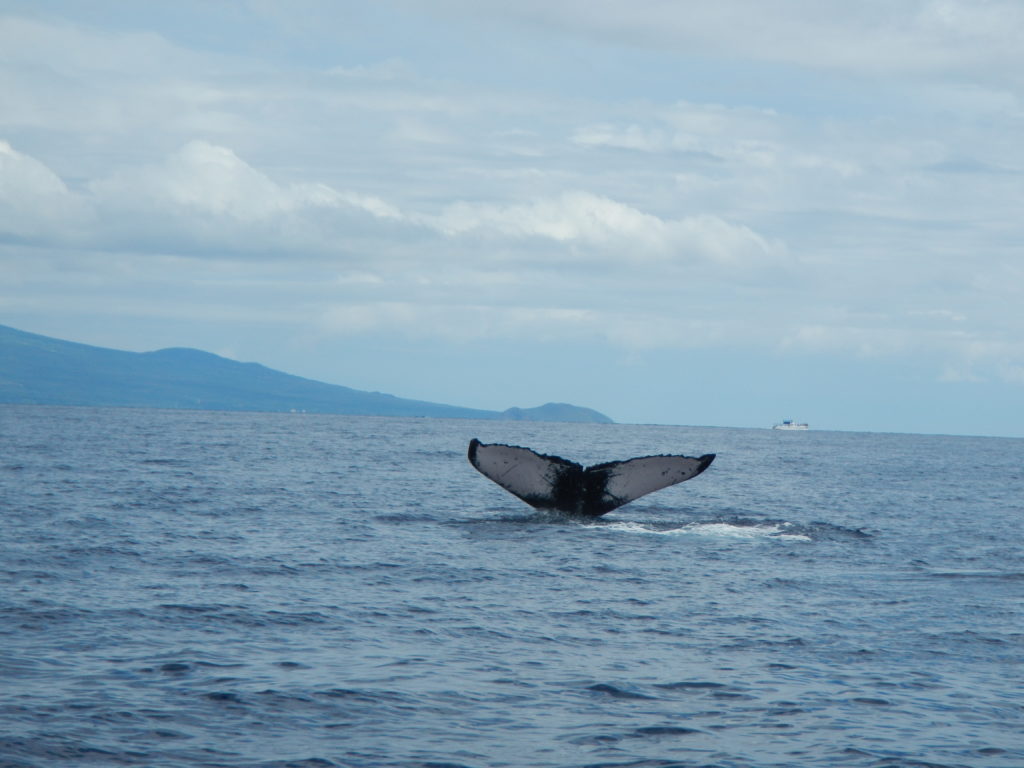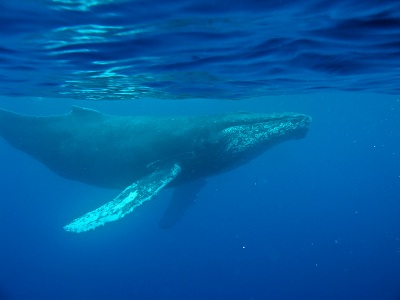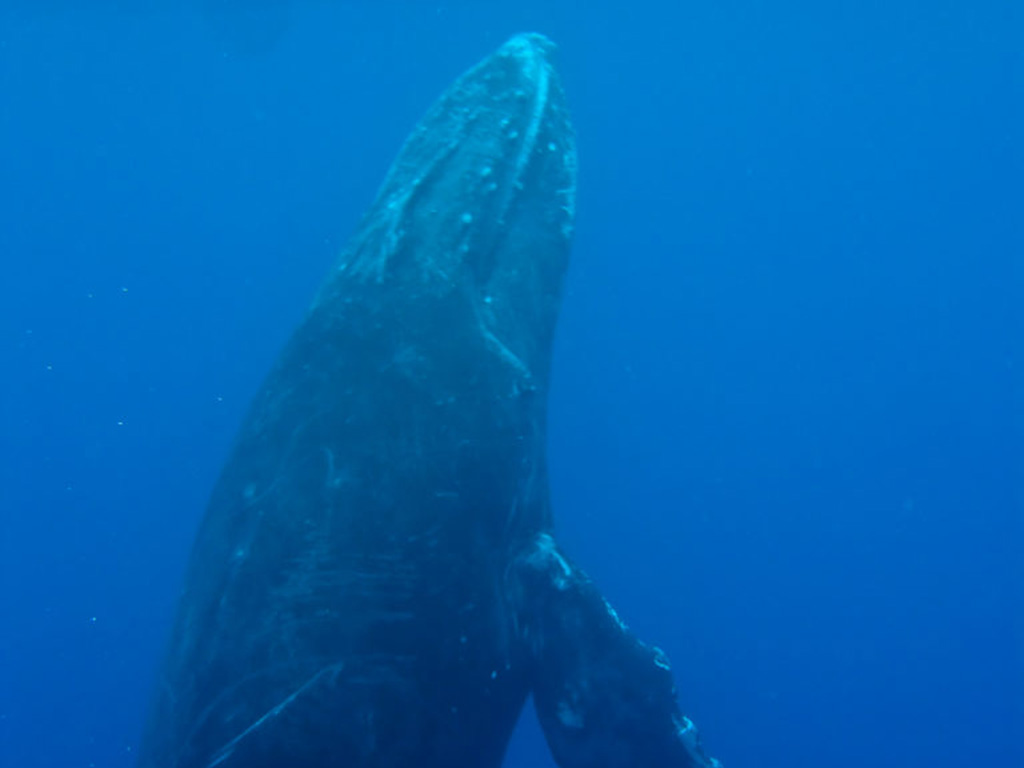Humpback particle motion
Acoustic signals are fundamental to animal communication and cetaceans are often considered bioacoustic specialists. Nearly all studies of their acoustic communication focus on sound pressure measurements, overlooking the particle motion components of their communication signals. Humpback whale song can be detected over large distances. Less is know about how far their particle motion signals can be detected. We characterized the levels of acoustic particle velocity (and pressure) of song produced by humpback whales. We demonstrate that whales generate acoustic fields that include significant particle velocity components that are detectable over relatively long distances sufficient to play a role in acoustic communication. We show that these signals attenuate predictably in a manner similar to pressure and that direct particle velocity measurements can provide bearings to singing whales. Whales could potentially use such information to determine the distance of signaling animals. Additionally, the vibratory nature of particle velocity may stimulate bone conduction, a hearing modality similar to other low-frequency specialized mammals, offering a parsimonious mechanism of acoustic energy transduction into the massive ossicles of whale ears. With substantial concerns regarding the effects of increasing anthropogenic ocean noise and major uncertainties surrounding mysticete hearing, these results highlight both an unexplored avenue that may be available for whale acoustic communication and the need to better understand the biological role of acoustic particle motion.



